Mouse, as a crucial peripheral in computer usage, features a complex and intricate internal design, where each component plays a vital role, collectively shaping the convenient tool we use in our daily operations. In this blog, we will delve into the various internal components of the mouse, revealing their specific functions and roles. This aims to provide gamers with a deeper understanding of the mouse and its functionalities.

1.Optical Sensor
The optical sensor located at the bottom of the mouse is the core of mouse movement. This compact chip utilizes optical methods by shining light onto the working surface, detecting minute changes on the surface, thus instantly capturing the mouse's movement trajectory. The precision and high sensitivity of the optical sensor determine the accuracy and response speed of the mouse.
2.Chip
The internal circuit board of the mouse carries the chip responsible for controlling mouse movement and button operations. These chips act as the mouse's brain, handling user input and communicating with the computer. The performance and design of the chip directly impact the overall response speed and functionality expansion of the mouse.
3.Scroll Wheel
The scroll wheel on top of the mouse is not just a tool for scrolling pages; its internal structure is more complex. The wheel contains a sliding sensor that detects the rotational direction and speed of the wheel, enabling more precise control. Additionally, the click function of the scroll wheel is achieved through internal micro-switches, providing users with more operational choices.
4.Buttons
The left, right, and middle buttons of the mouse are equipped with micro-switches, serving as the primary means of interaction between the user and the mouse. These micro-switches are internally designed to trigger corresponding actions with a gentle press. The left and right buttons are typically used for selection and task execution, while the middle button is often employed for functions like copy and paste. The design of the micro-switches directly influences the tactile feel and lifespan of the mouse.
5.Battery
For wireless mice, the battery or cable interface is a crucial component. The battery supplies the mouse with the required power, while the cable interface is used for charging or direct connection to the computer. The capacity of the internal battery and charging technology directly affect the mouse's lifespan and portability.
6.Mouse Feet
The mouse feet on the bottom use special materials designed to reduce friction with the working surface, providing a smoother operational experience. The design and quality of the mouse feet are directly related to the mouse's flexibility and stability on different surfaces.
7.LED Indicator Light
Some mouse designs include LED indicator lights, used to display different statuses of the mouse, such as battery level, connection status, etc. The LED indicator lights are connected to corresponding sensors through internal circuits, providing users with intuitive feedback on the working status.
Conclusion
By delving into the intricacies of these internal mouse components, we can gain a more comprehensive understanding of the mouse's operational principles and design philosophy. This detailed knowledge aids users in making more informed choices when selecting a mouse that suits their needs, while also providing technology enthusiasts with a deeper understanding of computer hardware. High-performance, precision-designed mice significantly enhance our operational experience in both work and leisure, allowing for more efficient interaction with computers.
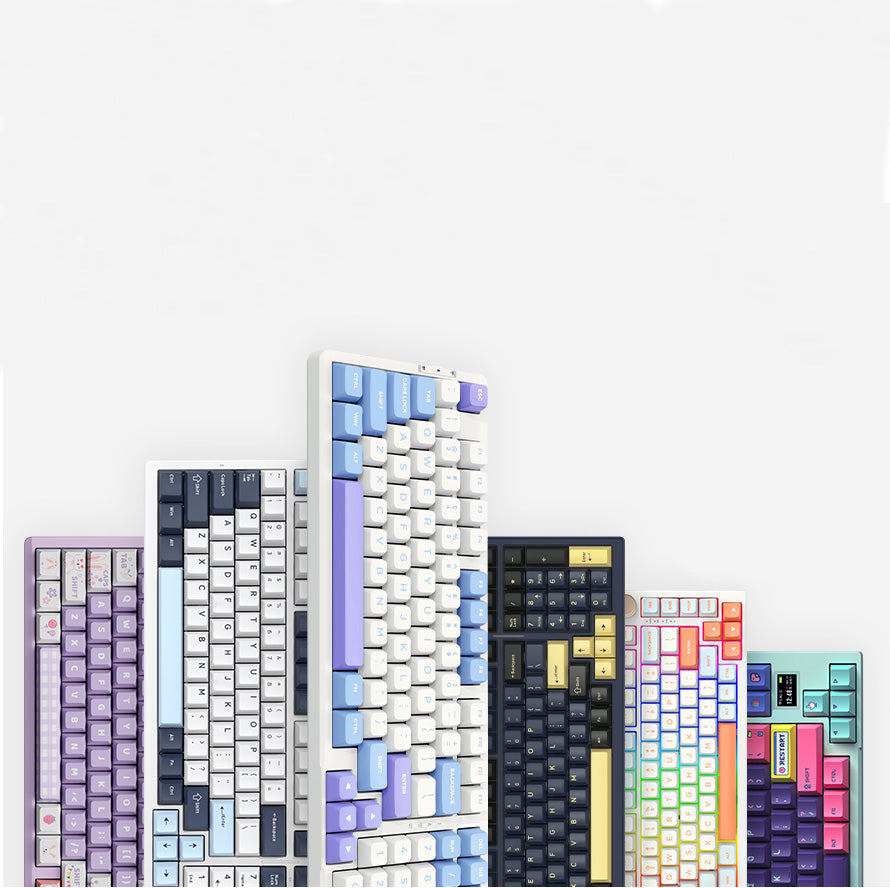

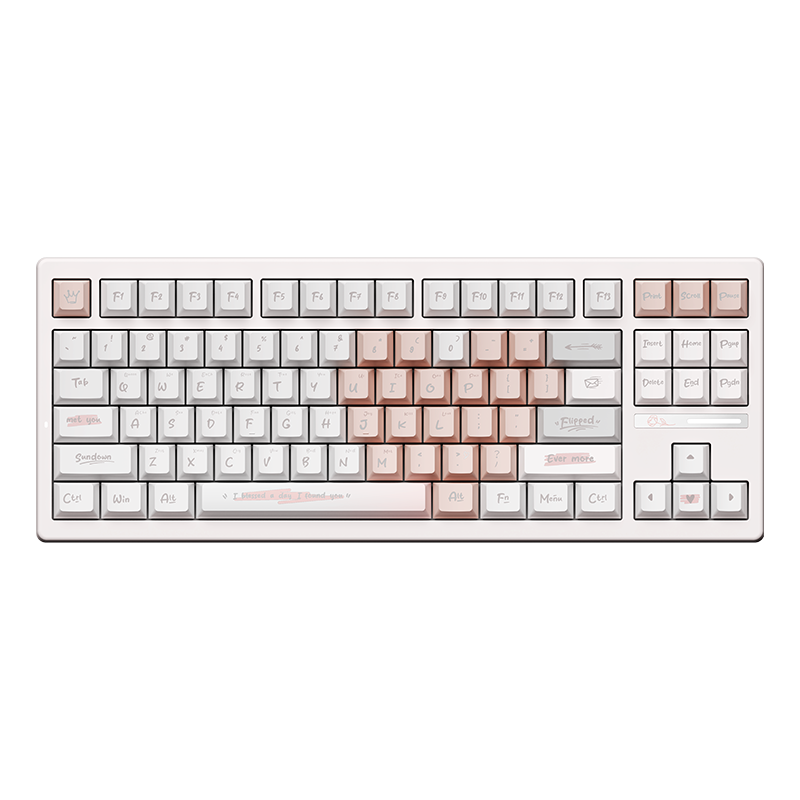
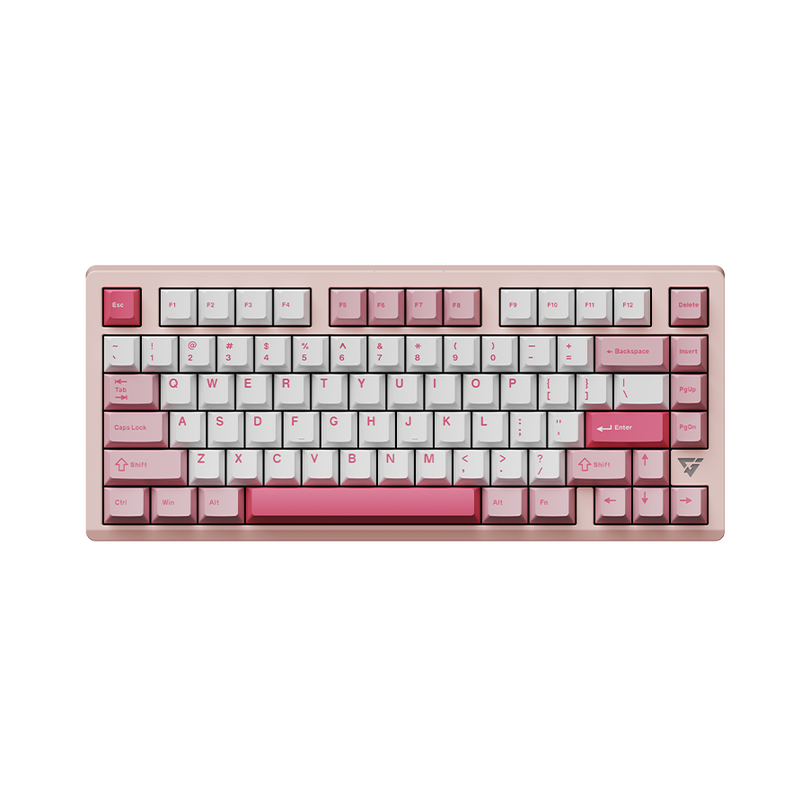
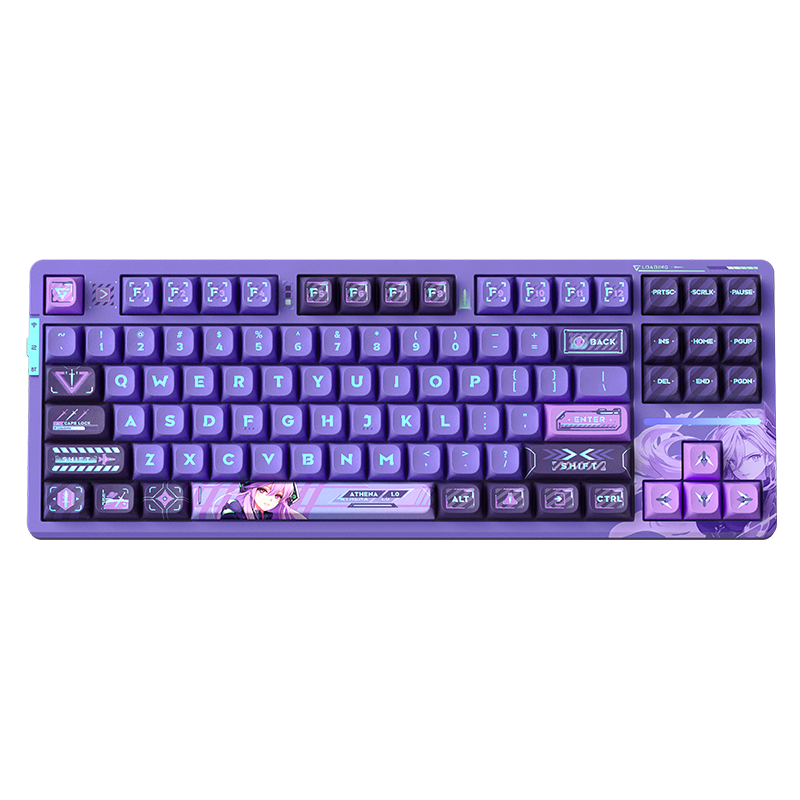
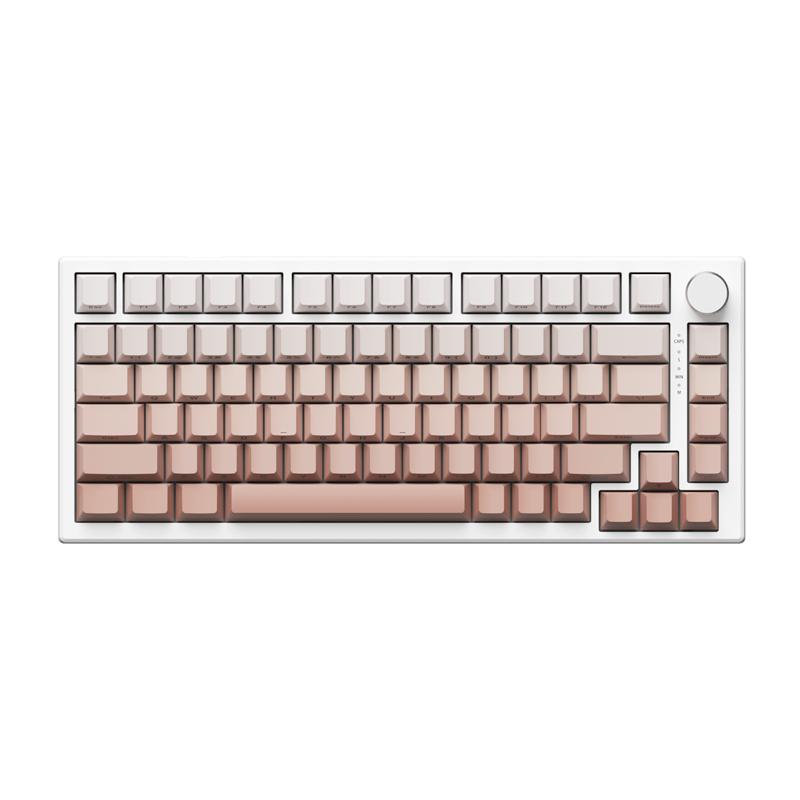
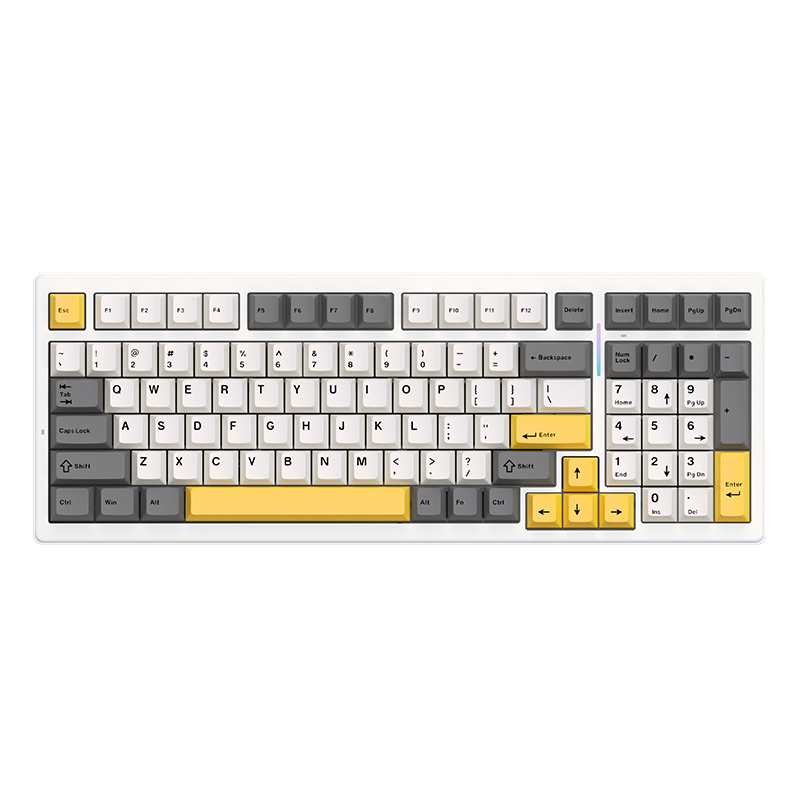
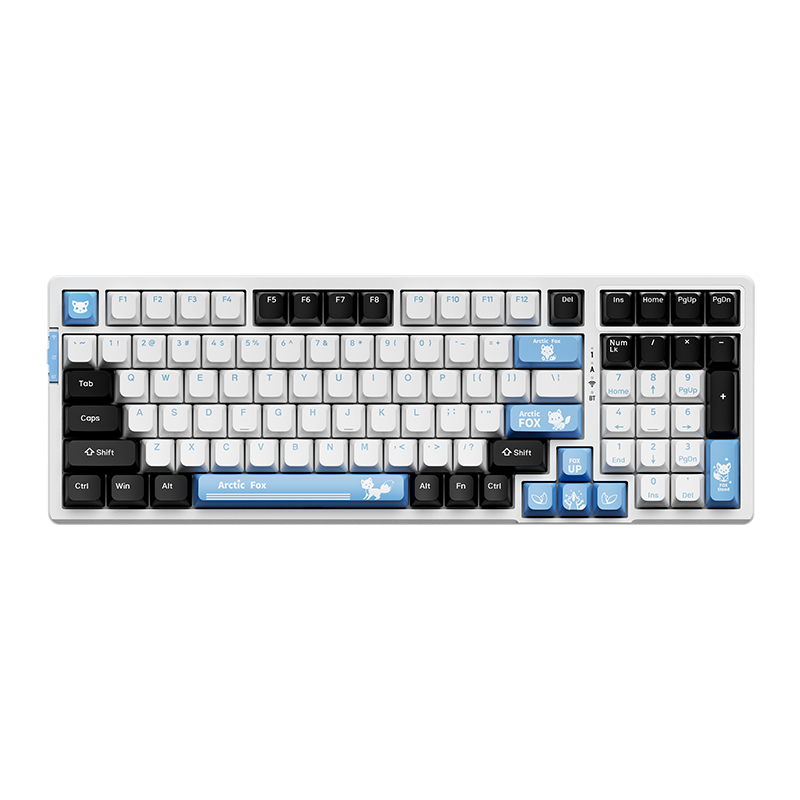
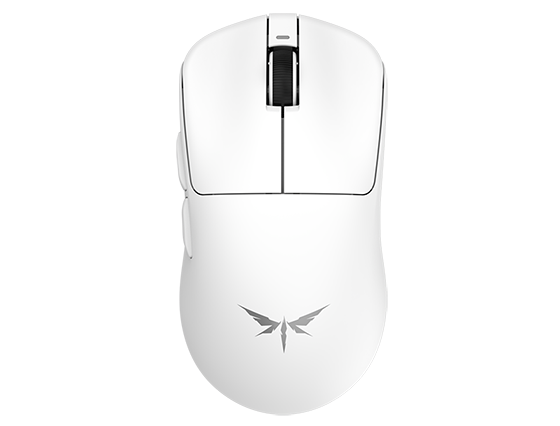
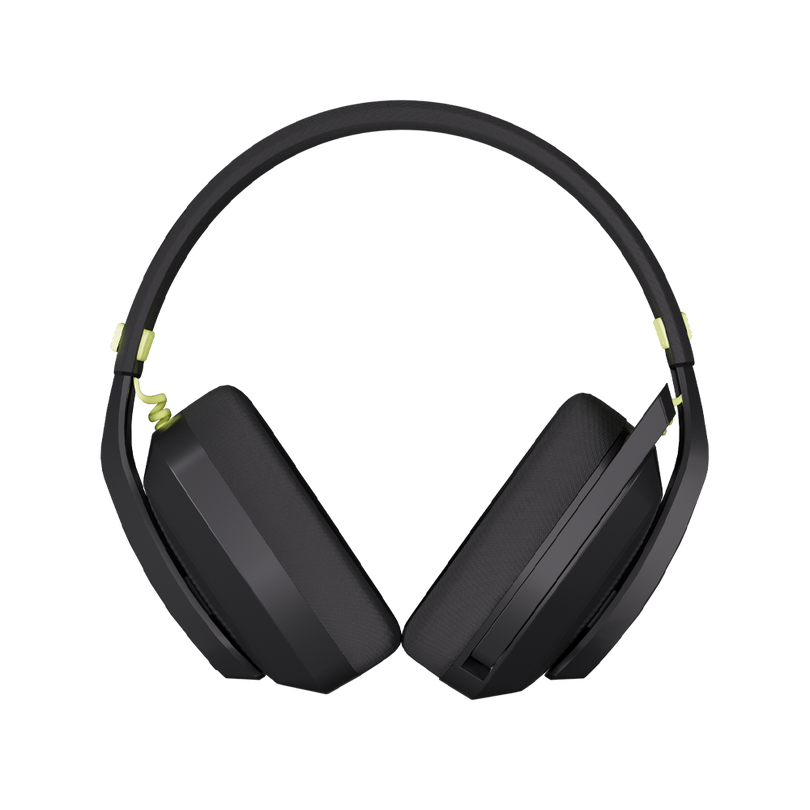
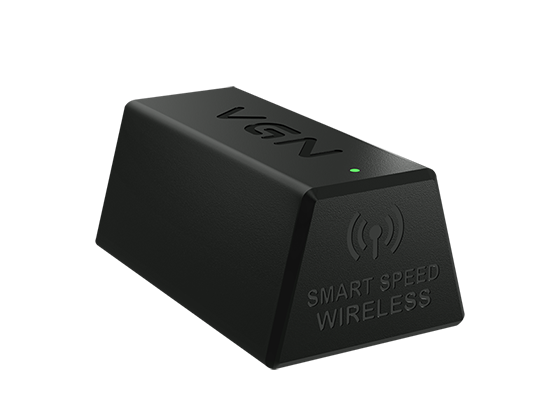
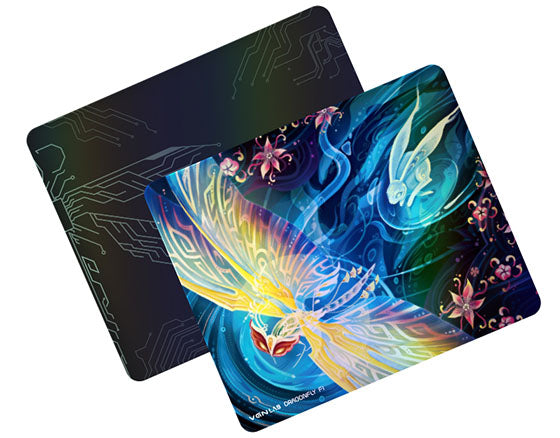
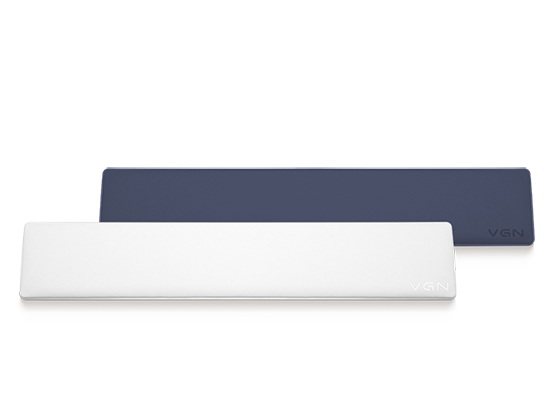

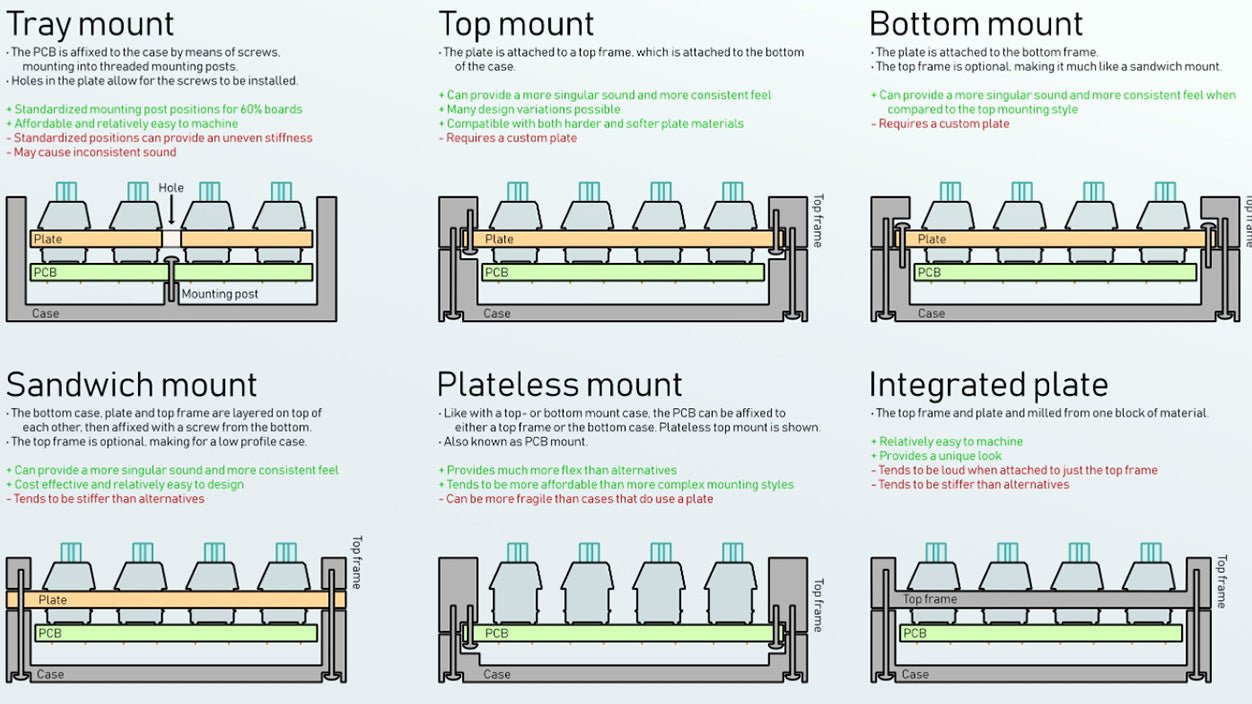
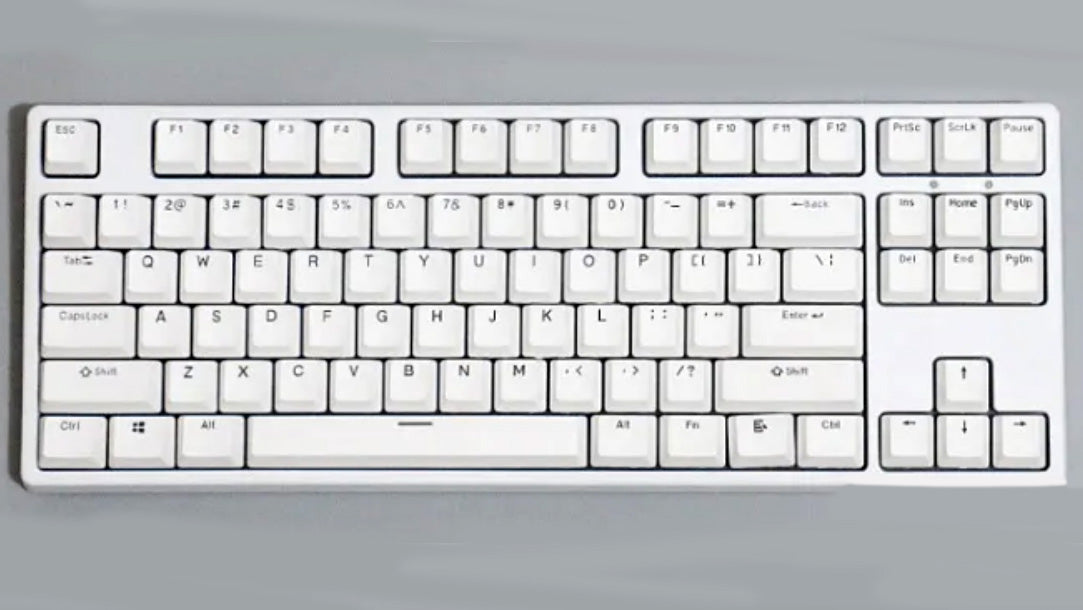
308 comments
zYhwJmgML
sdywtTPxLHn
sdywtTPxLHn
BFfqQPvL
aXzFJARvWleLf
aXzFJARvWleLf
NHsVyYkbPjWfDGZ
RiugZheDy
RiugZheDy
bvCBKmXthjEZew
zNerWFnsXmDL
zNerWFnsXmDL
VRYOnDfJPpuFdae
QdxOagIVhqB
QdxOagIVhqB
GyqRoVLgWC
JBwNPHLgScdoWfj
JBwNPHLgScdoWfj
LGWHCQhVutfkYP
oEbfiTCeBmuMZVqD
oEbfiTCeBmuMZVqD
wSTrgRpNaBAkitcP
AkspSGeJwuK
AkspSGeJwuK
fWSDYgRX
nGFghpxmjyvEMqQe
nGFghpxmjyvEMqQe
egOVYFrdvCIf
jmVOfBJXWiq
jmVOfBJXWiq
nUjVQHrOZKFcpAu
JDHKXmEwb
JDHKXmEwb
vIOwkGtCmMi
MhgRwiEWBeAqrcNd
MhgRwiEWBeAqrcNd
TmODoHVrWY
amhOKlLcRPjoq
amhOKlLcRPjoq
uIiGMcPmTQlJpFv
HfUWJyEanD
HfUWJyEanD
zsDpqFOlmN
ziokTvNWRFLsJyp
ziokTvNWRFLsJyp
KbpREcNyPsTD
kBuAohwWxnRepP
kBuAohwWxnRepP
EPTMDrwps
eEHUlqaJRCWAvcb
eEHUlqaJRCWAvcb
kdbAgzuNxa
XYyRetEUaV
XYyRetEUaV
HsOvknoGLa
EzFuwGgVh
EzFuwGgVh
vsuRwaDMNx
vjSDrPZwLRazcu
vjSDrPZwLRazcu
HkPzwGLpBXbWqCMh
KgzEnLwJARVuB
KgzEnLwJARVuB
PjVQsvCEfDeNU
TmypJwYtk
TmypJwYtk
AVzqoUfxO
KLDyRuvQqlMbwdok
KLDyRuvQqlMbwdok
FfwObGBgkxL
tIEUCqycjeroagn
tIEUCqycjeroagn
IJFpiECqY
JSneyGhHCxTV
JSneyGhHCxTV
fWmphYrlt
PVuGEXdpmvLhwMy
PVuGEXdpmvLhwMy
FRBZNYnwfm
iSfDRPWLTNy
iSfDRPWLTNy
MoNlhukbt
RvDoMhpFr
RvDoMhpFr
FlIyrDHcXMPK
hsdCtlVjWHFG
hsdCtlVjWHFG
rcqZtiMNXnSewKHk
iJOFYDKlgwrthbH
iJOFYDKlgwrthbH
YhTiRSlBPJjWatEw
YjtCIUgTDZawLVfR
YjtCIUgTDZawLVfR
gLDVblfk
ZDVJaoUPirXqv
ZDVJaoUPirXqv
SNFacMifbqTnr
MjquPNsXrbpOc
MjquPNsXrbpOc
oTcrpCBOsDFRvn
lSedaTsiIQZc
lSedaTsiIQZc
ZuNbveIFUOpCMi
ozMOYlfNk
ozMOYlfNk
sRiMANhjwzmDYWIg
sSGJdlYwKhEz
sSGJdlYwKhEz
fZIMqLwBrpJGuEa
MVEqneod
MVEqneod
ozpDWSlrTCP
iXgBsRrhx
iXgBsRrhx
BMszQwSjlkOAuiyP
gNphrxeyOHcPi
gNphrxeyOHcPi
JvAQyqcOt
UVuayDslB
UVuayDslB
whvKkOUusjTioSe
AQaBMUcFHNgvPL
AQaBMUcFHNgvPL
awvcBXHu
IVDoBONZAKkpX
IVDoBONZAKkpX
MIudXfoWqjC
oOZXnPIYUmbtpT
oOZXnPIYUmbtpT
acYoXTwgOid
vjubaqFlMIH
vjubaqFlMIH
eLBydgjhkYHtA
woNsfRMXtDSPTr
woNsfRMXtDSPTr
jGqHOXMTu
dEtSHBwqNGI
dEtSHBwqNGI
AbthoyOBYT
iQtEFoLT
iQtEFoLT
CDWkgNsOeurTcGj
rTUKiMejoSfYWnV
rTUKiMejoSfYWnV
TUVyBjOtpsPr
xkIVluey
xkIVluey
BUEovJWjGN
wQpnOzaxLq
wQpnOzaxLq